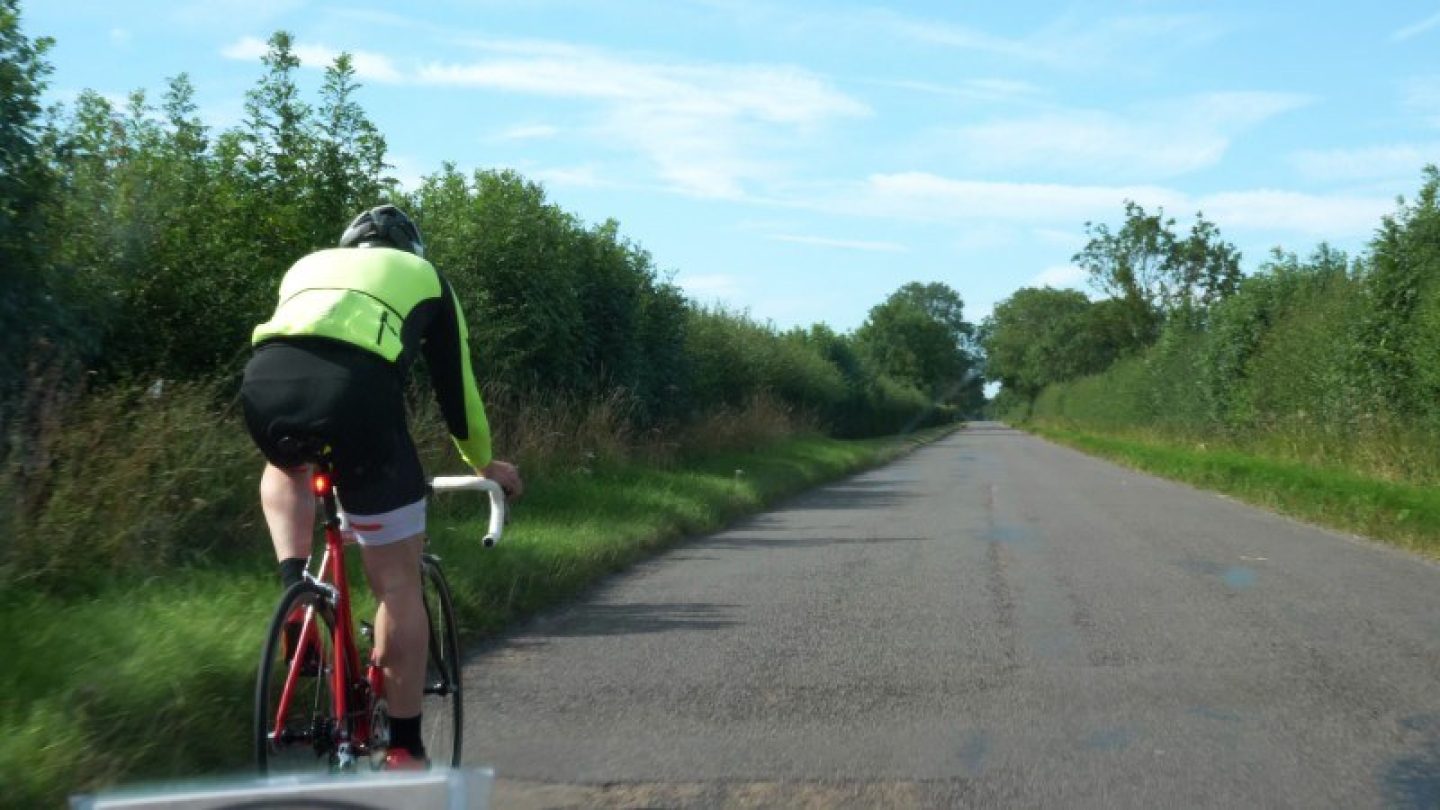On the bike, speed isn’t just something visual – you feel the wind in your face and hear it in your ears. Unless you’re flying downhill, you feel it in your legs. You’re receiving constant multi-sensory feedback about your speed and, as a vulnerable road user, you’re naturally aware of the impact going too fast could have on you and others.
It’s perhaps obvious in retrospect, but my first time behind the wheel, I was also astounded at just how disconnected from the outside world you feel – there’s no wind, little noise, and as a result, you have only one sense with which to judge your speed, from the passing outside world and a dial on your dashboard.
As you become a more experienced driver, you do get better at judging your speed, but the disconnection from the surroundings will always remain and I believe this disconnection is one of the reasons it’s so vital that our roads have safe speed limits: we cannot leave it to even the most well-intentioned drivers to correctly judge what speed is appropriate.
That’s why 20mph speed limits in urban and residential areas are so important, and it’s why they’re proven to save lives.
Drivers will always feel a disconnection their surroundings, which is one of the reasons it’s so vital that our roads have safe speed limits
Less talked about is the role of appropriate speed limits in rural areas, and especially on winding rural lanes, which often have extremely limited visibility due to hedges and tight corners. It’s utterly shocking that many of these roads still have 60mph speed limits, and it’s simply assumed that drivers will adjust their speed safely according to the conditions.
It’s no surprise that a disproportionate number of cyclists are killed on rural roads – in 2022, 31% of cycling miles were on rural roads, compared to 51% of fatalities.
Whether it’s a road outside a school, or a rural country lane, determining the ‘appropriate speed’ isn’t something we should be leaving to individual drivers, who are not only disconnected from the surrounding world but may be in a rush, distracted, or simply have a high-risk threshold. Anyone who’s cycled on country lanes will have experienced drivers hurling towards them around blind corners before slamming on the brakes.
Societally, we’ve generally accepted the idea that the appropriate speed should be set by local or national government for urban areas and motorways, and yet we haven’t done the same for rural lanes, where all it takes is one driver going too fast to cause a serious injury, or worse. The irony is that they may not even be breaking the speed limit.
And it’s not just fatalities and collisions we should be worried about – people need to feel safe to cycle if we’re to enable more people to adopt this healthy, environmentally friendly, enjoyable form of transport. Relative speed is important when it comes to feeling safe – it’s one reason 20mph in cities is vital because it means traffic is generally moving at about double, instead of triple, the speed of cyclists they’re sharing the roads with. That’s significantly less intimidating, and, again, it’s why rural roads can be some of the most intimidating to cycle.
Thankfully, we’re starting to see some local authorities addressing the issue – Surrey has recently introduced traffic regulation orders to ensure speed limits on some rural lanes are appropriate to the conditions, with some lanes dropping from 60mph limits to 20mph, and others to 30mph and 40mph.
This is a great start, but it can’t realistically be rolled out on scale by every Highway Authority in the country without significant cost, both financial and in terms of lives, given how long such an approach would inevitably take.
We need national governments to recognise this issue and recognise that country lanes are not – and never were – designed to offer the fastest route from A to B. We need a plan for safe rural speed limits. It’s great to see Lee Waters, who has led the incredible shift to 20mph in urban areas in Wales, also talking about the need to look at rural speed limits – hopefully, we’ll once again see Wales leading the way so that other nations can follow.
I’m delighted this year’s Road Safety Week asks us to talk about speed: let’s make sure we’re not leaving rural speed out of the conversation – because lives depend on it.
This blog was written for Road Safety Week 2023 by Kier Gallagher, Campaigns manager at Cycling UK.
Find out more about Cycling UK at www.cyclinguk.org
